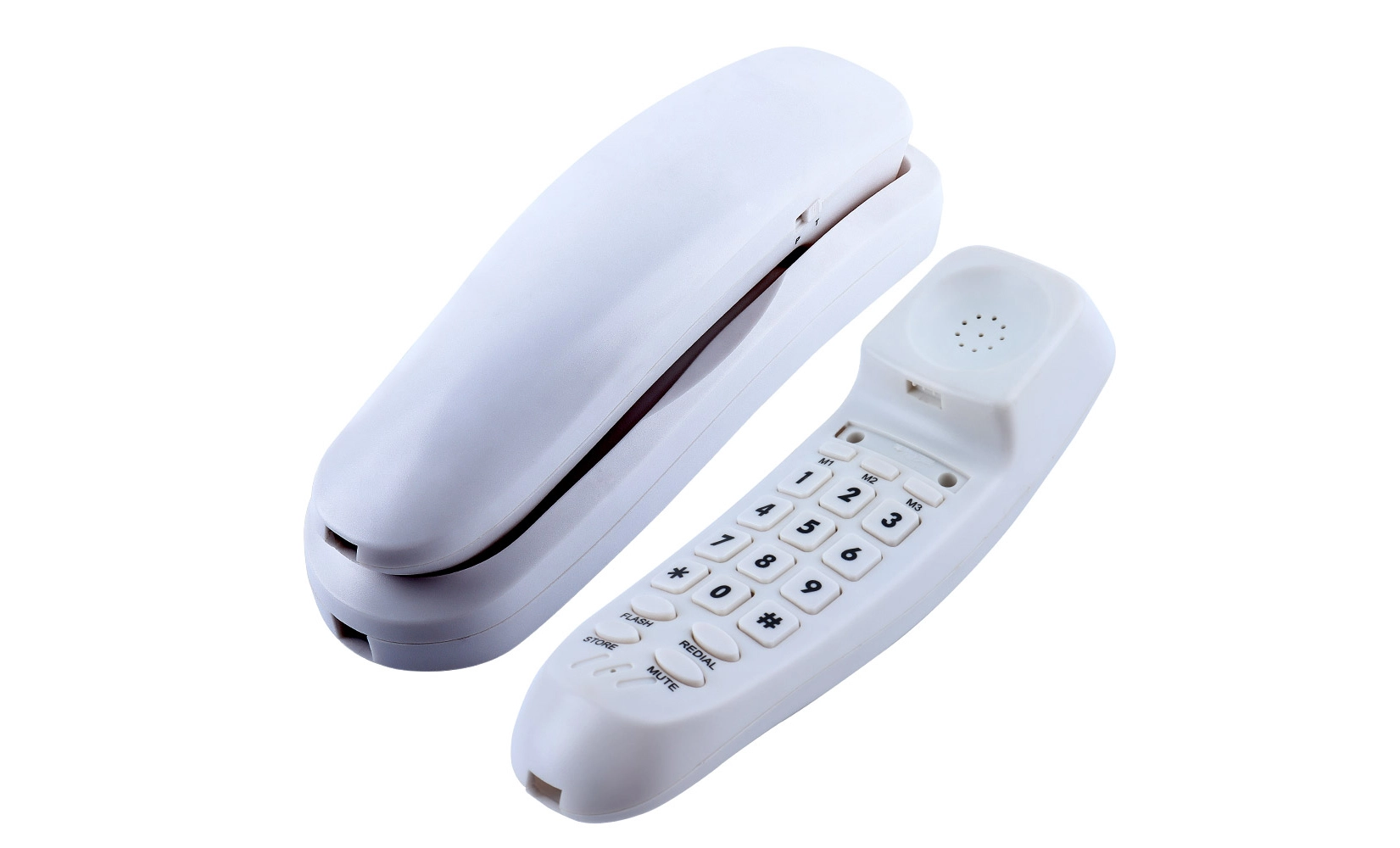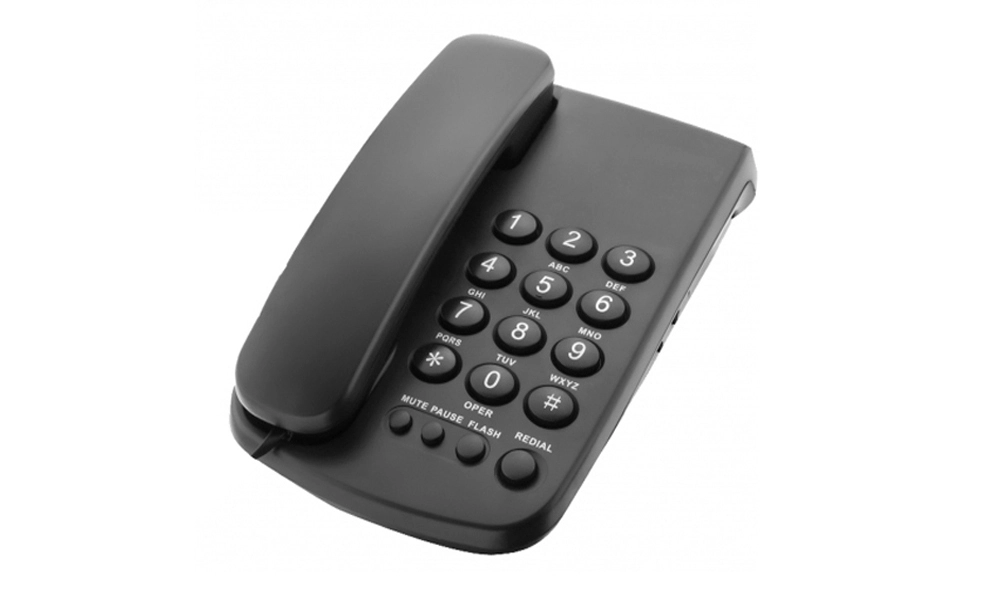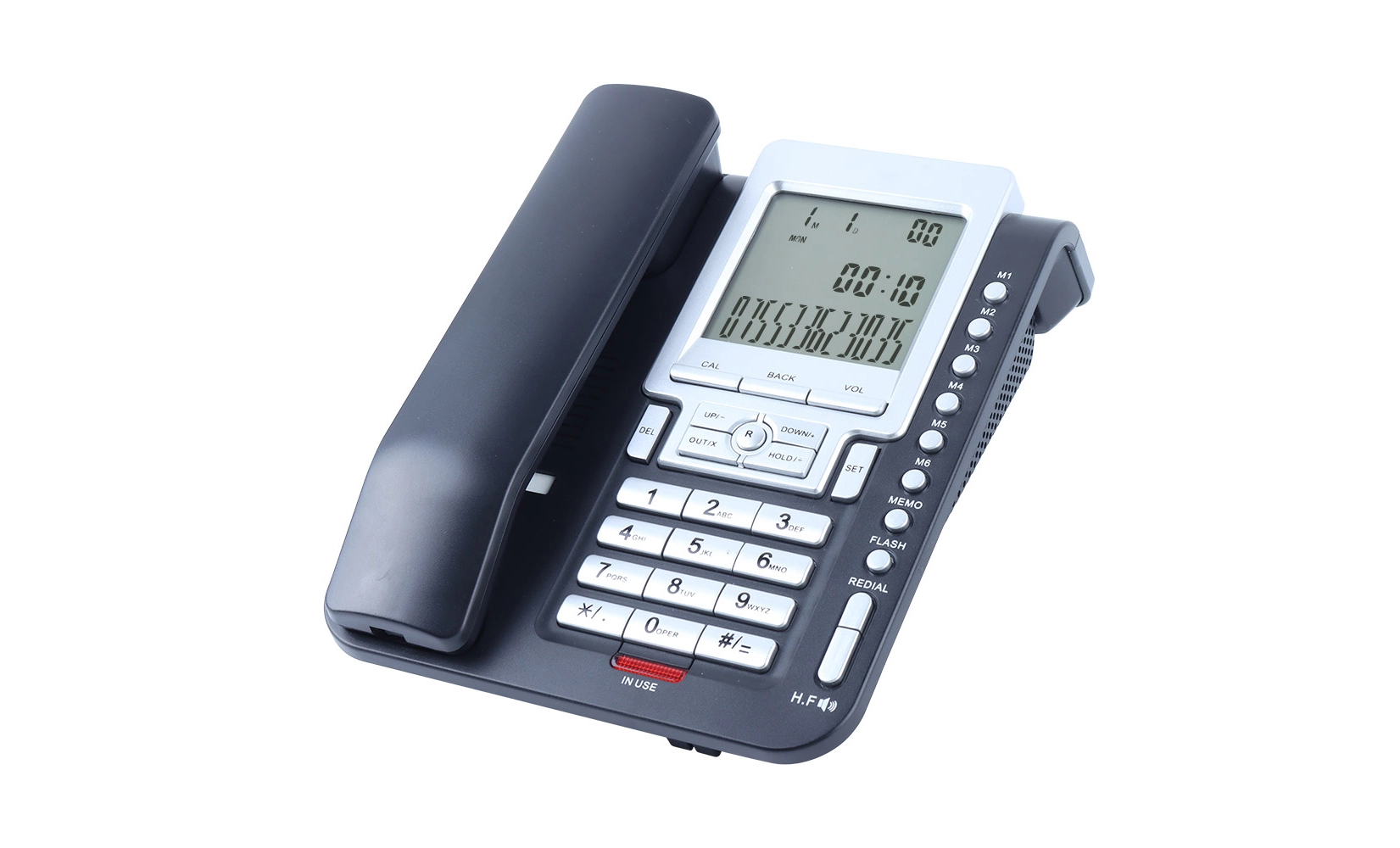Comprehending Landline Telephone Technology and Its Impact on Call Quality
Landline telephone technology, despite being considered old-school by some, remains a reliable communication method for many households and businesses. The backbone of this technology lies in its use of physical wire connections, which can provide superior call quality compared to wireless alternatives. However, to fully appreciate how to enhance call quality, it's crucial to understand the fundamentals of how landline systems operate.
At its core, a landline telephone converts sound waves into electrical signals that travel through copper wires. These signals are then reconverted into sound at the receiving end. This process, while seemingly simple, can be affected by various factors that impact call quality. Understanding these factors is the first step in improving your landline telephone experience.
The Role of Signal Strength in Call Clarity
Signal strength plays a pivotal role in determining the clarity of your landline calls. Unlike mobile phones, landlines don't rely on cellular towers, but the quality of the connection between your home and the telephone exchange can significantly impact call quality. Weak signals can result in static, echoes, or dropped calls.
To improve signal strength, ensure that all connections from the telephone jack to your phone are secure and free from corrosion. If you live far from the telephone exchange, you might consider installing a signal booster. These devices can amplify the signal, resulting in clearer, more consistent call quality.
The Impact of Interference on Landline Calls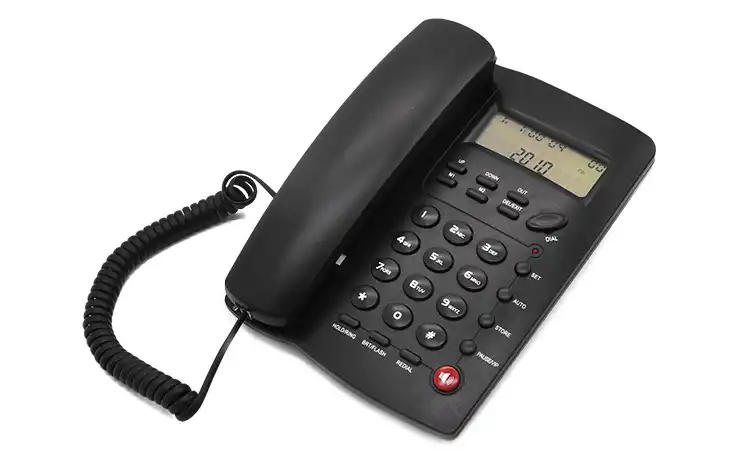
Interference is another major factor that can degrade landline call quality. Various electronic devices in your home, such as cordless phones, Wi-Fi routers, and even microwave ovens, can interfere with your landline signal. This interference often manifests as static or buzzing sounds during calls.
To minimize interference, keep your landline phone away from other electronic devices. If possible, use a corded phone instead of a cordless one, as these are less susceptible to interference. For those who prefer cordless models, opting for phones that operate on higher frequencies (like 5.8 GHz or DECT 6.0) can help reduce interference from other household devices.
Practical Steps to Improve Your Landline Telephone's Call Quality
Now that we've explored the technology behind landline telephones and the factors affecting call quality, let's dive into practical steps you can take to enhance your calling experience. These tips are easy to implement and can make a significant difference in the clarity and reliability of your landline calls.
Optimizing Your Phone's Physical Setup
The physical setup of your landline telephone can have a substantial impact on call quality. Start by ensuring that your phone is placed in an optimal location. Avoid areas with high electromagnetic interference, such as near large appliances or electronics.
Next, check all physical connections. Make sure the phone cord is securely plugged into both the wall jack and the phone itself. If you're using a cordless phone, ensure the base station is connected properly and placed in a central location for better signal coverage.
Consider the length and quality of your phone cords. Excessively long cords can degrade signal quality, so use the shortest cord that meets your needs. If your cords are old or damaged, replacing them with high-quality, shielded cords can lead to noticeable improvements in call clarity.
 Implementing Noise Reduction Techniques
Implementing Noise Reduction Techniques
Noise reduction is crucial for clear, understandable conversations. Modern landline phones often come equipped with noise reduction features, but there are additional steps you can take to minimize background noise during calls.
First, identify and eliminate sources of background noise in your calling environment. This might involve closing windows, turning off noisy appliances, or moving to a quieter room during important calls.
For those using cordless phones, ensure that the base station and handset are adequately charged. Low battery levels can lead to increased static and poor sound quality. If your phone has a "boost" or "clarity" button, use it during calls to enhance voice clarity and reduce background noise.
Regular Maintenance for Optimal Performance
Regular maintenance of your landline telephone is essential for maintaining high call quality over time. Start with basic cleaning - use a soft, dry cloth to clean the handset, paying special attention to the earpiece and mouthpiece. For more thorough cleaning, lightly dampen the cloth with a mild soap solution, being careful not to let any moisture enter the phone's openings.
Check your phone's settings periodically. Many modern landline phones allow you to adjust volume levels, ringtones, and other audio settings. Experiment with these settings to find the optimal configuration for your hearing needs and environment.
If you're using a cordless phone, remember to clean the charging contacts on both the handset and the base station. Dirty contacts can lead to poor charging and, consequently, reduced call quality. Use a cotton swab dipped in rubbing alcohol to gently clean these contacts.
Leveraging Advanced Features for Superior Call Quality
As landline telephone technology evolves, manufacturers are incorporating advanced features designed to enhance call quality. Understanding and utilizing these features can significantly improve your calling experience.
Digital Signal Processing (DSP) Technology
Many modern landline phones now incorporate Digital Signal Processing (DSP) technology. DSP helps to clarify voice transmissions by filtering out background noise and enhancing the clarity of speech. When shopping for a new landline phone, look for models that advertise DSP or noise reduction capabilities.
Some advanced DSP features include:
- Acoustic echo cancellation, which prevents the echo effect often heard on long-distance calls
- Adaptive noise reduction, which dynamically adjusts to different noise environments
- Voice enhancement, which boosts the frequencies most important for speech intelligibility
HD Voice and Wideband Audio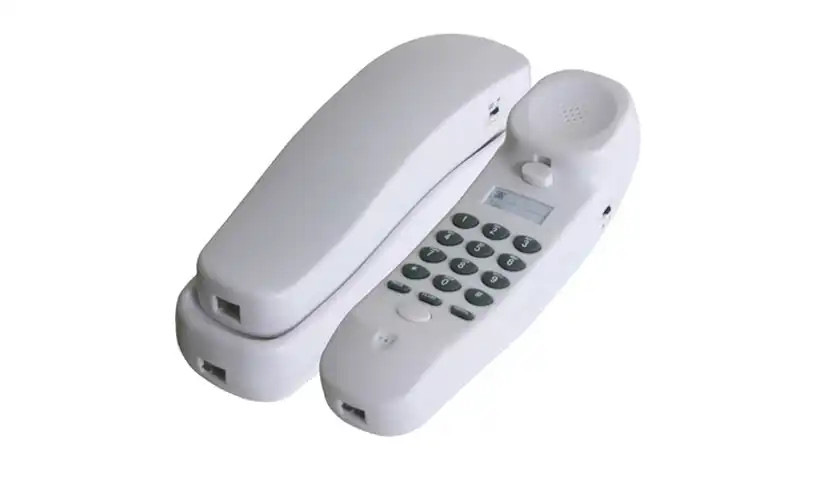
HD Voice, also known as wideband audio, is a feature that expands the frequency range of sound transmitted during a call. Traditional landline calls typically use a frequency range of 300 Hz to 3.4 kHz, while HD Voice can extend this to 50 Hz - 7 kHz or even wider.
This expanded frequency range results in richer, more natural-sounding calls with improved clarity and reduced background noise. To take advantage of HD Voice, both your phone and your service provider must support this technology. When upgrading your landline phone, inquire about HD Voice compatibility for the best possible call quality.
Smart Call Management Features
Modern landline phones often come with smart call management features that can indirectly improve call quality by enhancing the overall calling experience. These may include:
- Call blocking: Eliminates unwanted calls, reducing interruptions and potential scams
- Caller ID with name: Helps you identify callers before answering, allowing you to prepare for the conversation
- Voicemail to text: Transcribes voicemail messages, making it easier to manage messages in noisy environments
- Intercom features: Allows for clear communication between different handsets in a multi-handset system
By leveraging these advanced features, you can create a more efficient and enjoyable calling experience, complementing the improvements in audio quality.
 Conclusion
Conclusion
Enhancing call quality on your landline telephone involves a combination of understanding the technology, implementing practical improvements, and leveraging advanced features. By optimizing your phone's physical setup, reducing interference, performing regular maintenance, and taking advantage of modern features like DSP and HD Voice, you can significantly improve your landline calling experience.
Remember that while these tips can help in most situations, persistent issues may indicate a problem with your phone line or service. In such cases, don't hesitate to contact your telephone service provider for professional assistance. With the right approach and tools, your landline telephone can continue to provide clear, reliable communication for years to come.
FAQ
How often should I clean my landline telephone?
It's recommended to clean your landline telephone at least once a month, or more frequently if it's used heavily or in a dusty environment.
Can weather affect my landline call quality?
Yes, severe weather conditions can impact landline call quality, especially if they cause damage to telephone lines or equipment.
Are there any apps that can improve landline call quality?
While apps can't directly improve traditional landline call quality, some smart home devices can integrate with landlines to provide enhanced features and potentially better call management.
Experience Superior Call Quality with CHEETA Landline Telephones | CHEETA
At CHEETA, we understand the importance of crystal-clear communication. As a leading landline telephone manufacturer, we combine cutting-edge technology with 18+ years of OEM/ODM expertise to deliver superior call quality. Our factory, equipped with state-of-the-art facilities and staffed by skilled engineers, produces high-performance analog units that meet CE and ROHS standards. Experience the CHEETA difference - where innovation meets reliability. For inquiries about our products or custom solutions, contact us at allen@cheeta.com.cn.

References
1. Smith, J. (2022). "The Evolution of Landline Telephone Technology". Telecommunications Journal, 45(3), 112-125.
2. Johnson, A. & Brown, M. (2021). "Optimizing Call Quality in Modern Landline Systems". IEEE Communications Magazine, 59(8), 78-85.
3. Lee, S. (2023). "Digital Signal Processing in Landline Telephony: A Comprehensive Review". Signal Processing: Image Communication, 108, 116864.
4. Taylor, R. (2020). "The Impact of HD Voice on Landline Communication". Journal of Audio Engineering Society, 68(6), 422-430.
5. Wilson, D. et al. (2022). "Best Practices for Maintaining Landline Telephone Systems". International Journal of Electrical and Electronic Engineering, 14(2), 201-215.
 Enhancing call quality on your
Enhancing call quality on your 

